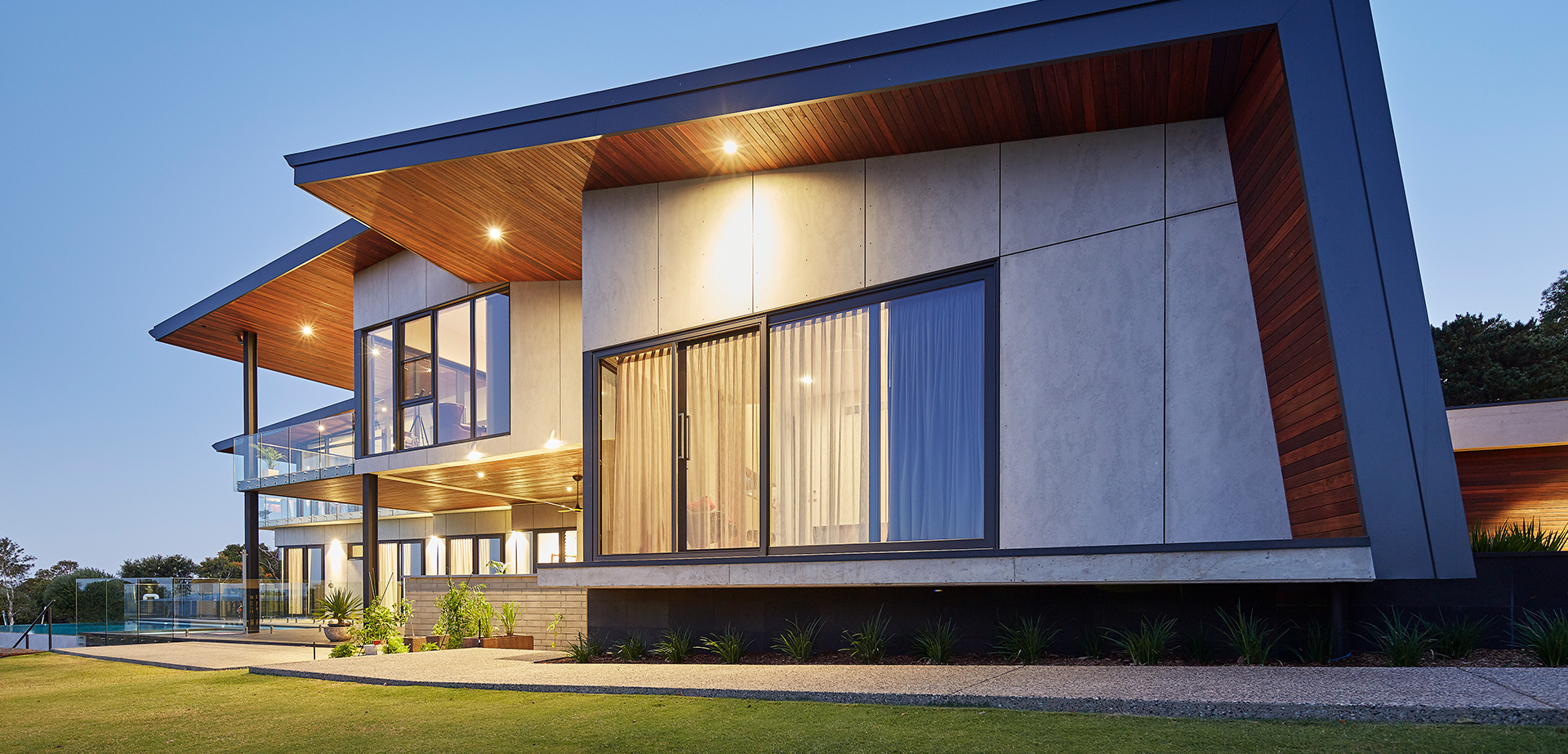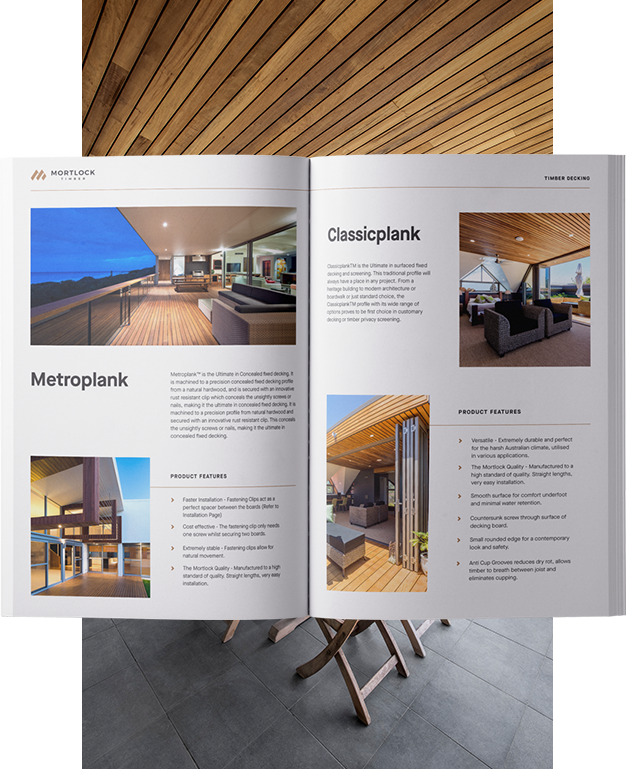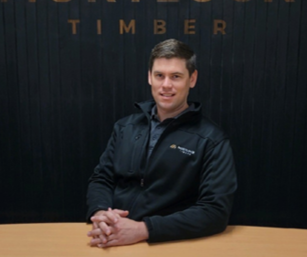What is Kiln Dried Timber?

There are many reasons to dry out wood, and making it more useful as a building material is one of them.
While there are many different ways to treat timber before putting it to work, kiln seasoning is perhaps the most common – as it is used extensively in wood production mills around the world to achieve perfectly treated timber. At Mortlock Timber, we strive to produce sustainably sourced timber that meets the highest quality and resistance to the harsh Australian environment. Kiln drying is just one way of achieving that goal.
This blog answers the question of what is kiln dried timber and explores the advantages and disadvantages of kiln seasoning.
What is kiln dried timber?
First, let’s start with what a kiln is. A kiln is essentially a large oven – which can be used to heat and dry various materials from clay to wood. A kiln is useful because it allows complete control over the temperature, airflow, and humidity levels, resulting in higher quality dried timber.
Kiln drying is a method of drying out green timber in order to reduce the moisture content in the wood. Kiln dried timber is green wood that has been treated with varying levels of heat and is void of additional resins, moisture and other substances in the wood that may cause it to behave erratically.
Kiln drying is based on ancient knowledge
Kiln seasoning is nothing new, in fact, the idea behind it is centuries old.
Just like the Indigenous populations in Australia knew that by burning and charring wood it would become tougher and more resilient to stressors like weather, modern day technologies mimic this in order to optimise timber for a wide range of applications from interior design to architectural timber cladding.
Today, kiln seasoning processes are an integral and increasingly sustainable way of ensuring natural timber products are fit to build, refurbish and design modern spaces.
Why kiln drying timber is so important
Kiln drying is a method of drying out green timber in order to reduce the moisture content in the wood. While a fairly straightforward process, the reasons why kiln drying is so important are many.
While moisture in wood is completely natural and normal, when it comes to building, and machining wood for construction purposes, high levels of moisture can not only cause difficulties in working with the wood but can also cause drastic changes in the wood’s shape and composition over time. Un-dried timber can easily warp, twist, swell or shrink and, depending on the environment, split over time as it gets exposed to multiple different temperatures and humidity levels.
By heat treating timber, the moisture which is the main cause of potential anomalies in the building and construction phases is removed, and the timber’s longevity is secured.
What does the kiln drying process look like?
As opposed to other drying techniques like air drying or charring, kiln drying involves the lumbar being stacked into a closed kiln where the heat, airflow and humidity are carefully manipulated in order to reduce the moisture level via evaporation – and removed from the kiln altogether.
- Green lumber is felled and delivered to the treatment facility for sorting, debarking, and cutting into the desired shape depending on its end use.
- The lumbar or ‘green wood’ is stacked on crates and wheeled into the kiln for drying. Each load will be of a similar dimension and end-use.
- Multiple kiln schedules are needed in order to reach the correct moisture level or Equilibrium Moisture Content (EMC) mark. Usually, this takes anywhere between 5 and 10 rounds before the wood is properly dried. The species of lumber and other environmental factors play a role in how long the process takes.
- Finally, the kiln dried wood is planed into more precise dimensions, graded, and sent out for shopping.
Different types of kiln drying processes
When it comes to kiln dried lumber, wood processing mills have a variety of methods available to them. Here are the most common types in use today:
- Conventional systems use steam or hot water coils and a furnace to produce heat. Moisture is removed from the wood through evaporation, which is sucked out by the ventilation system. This method produces high quality results but is highly energy intensive.
- Solar kilns use a solar collector to source the heat needed to dry the lumbar. While this system works well, it does rely heavily on the amount of available sunlight and can be problematic for larger loads that rely on a consistent and sustained energy supply.
- The dehumidification method uses a heat pump system to remove water from the timber. Because this system is based on recycled heat used in the dehumidification process, it is far more energy efficient than conventional systems.
Kiln seasoning advantages and disadvantages
Just like any timber drying process, kiln drying methods have their pros and cons. Let’s take a closer look at these:
Kiln drying advantages
- Kiln dried timber is lighter and easier to transport or move around – either as furniture or as a building material.
- Kiln drying protects the wood against warping over time – making it more durable as a building material.
- Kiln drying processes usually remove 90% of the moisture content in the lumbar – this makes the timber resistant to insects, larvae, bugs, and fungal decay.
Disadvantages of kiln-dried wood
- After coming out of the kiln, the timber must be kept inside a controlled climate or else it will start to swell up and absorb moisture.
- Kiln drying also causes the wood to shrink slightly – meaning that adjustments to the size must be made after the process has been completed. But it’s also a positive because the shrinkage makes the timber nice and stable when you install it as decking or cladding.
Choose quality timber for your new project
Kiln drying timber is an essential process for anyone hoping to use wood in their architectural design. At Mortlock Timber, we ensure our timber is dried to ensure the highest durability and adaptability to Australia’s diverse and challenging environment.
For more information about how we treat our timber, where it comes from and how best to choose the timber for your project, reach out to our expert team on 1800 953 004.
View our pricing and product guide

We are committed to bringing you timber products that add value and endure for years to come, even in heavy traffic and harsh weather conditions. We understand the value of efficiency when it comes to installation and keeping hardwood timber costs down. That’s why we’ve spent decades perfecting our designs to make them easier to handle, less wasteful and more efficient to install. This efficiency allows us to offer you premier products that are more cost-effective so that you can experience greater savings on timber wall costs, timber ceiling costs, timber cladding costs and timber decking costs.
Download our Pricing and Product Guide for our complete hardwood timber price list including timber decking prices, timber wall prices, timber ceiling prices and timber cladding prices.
